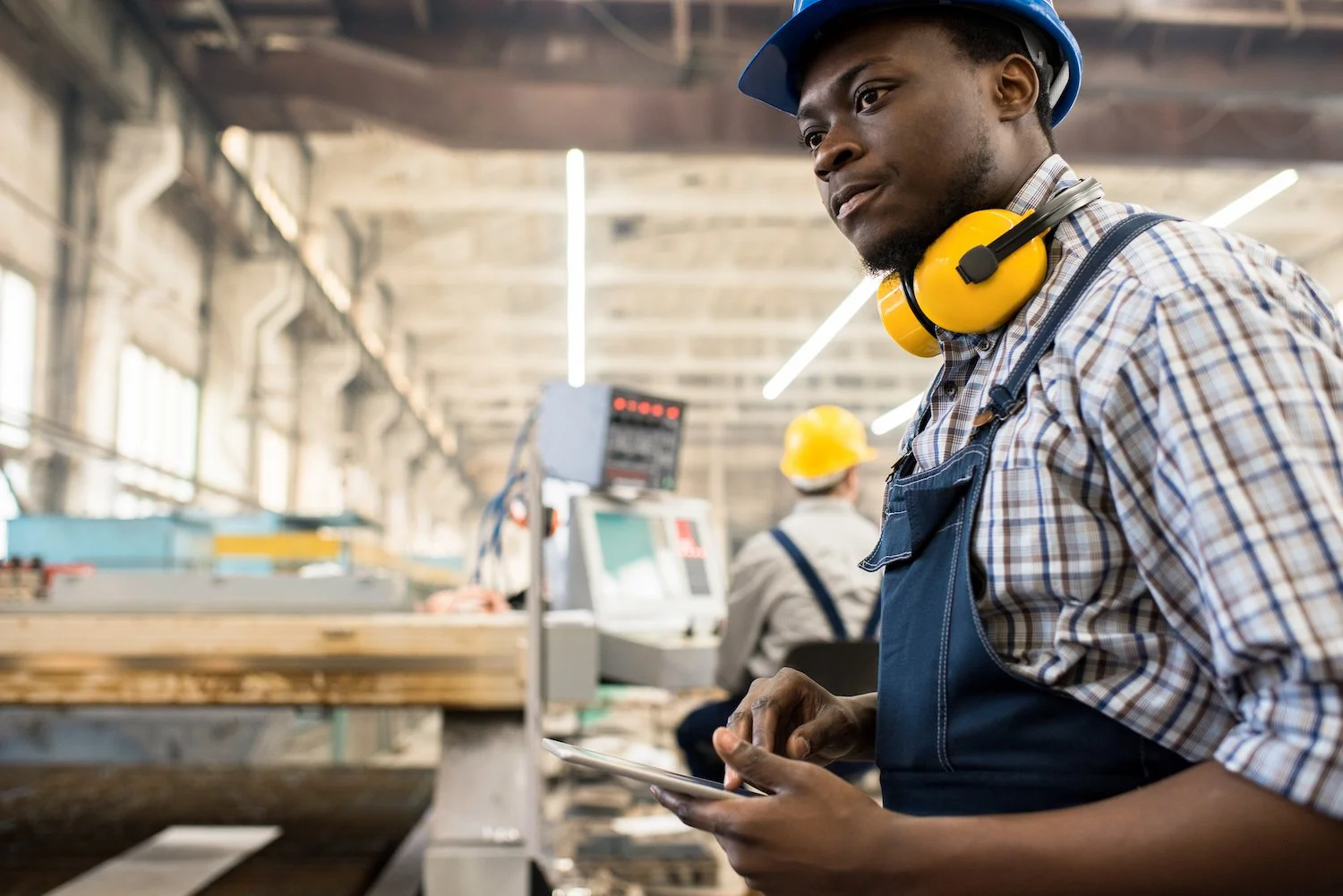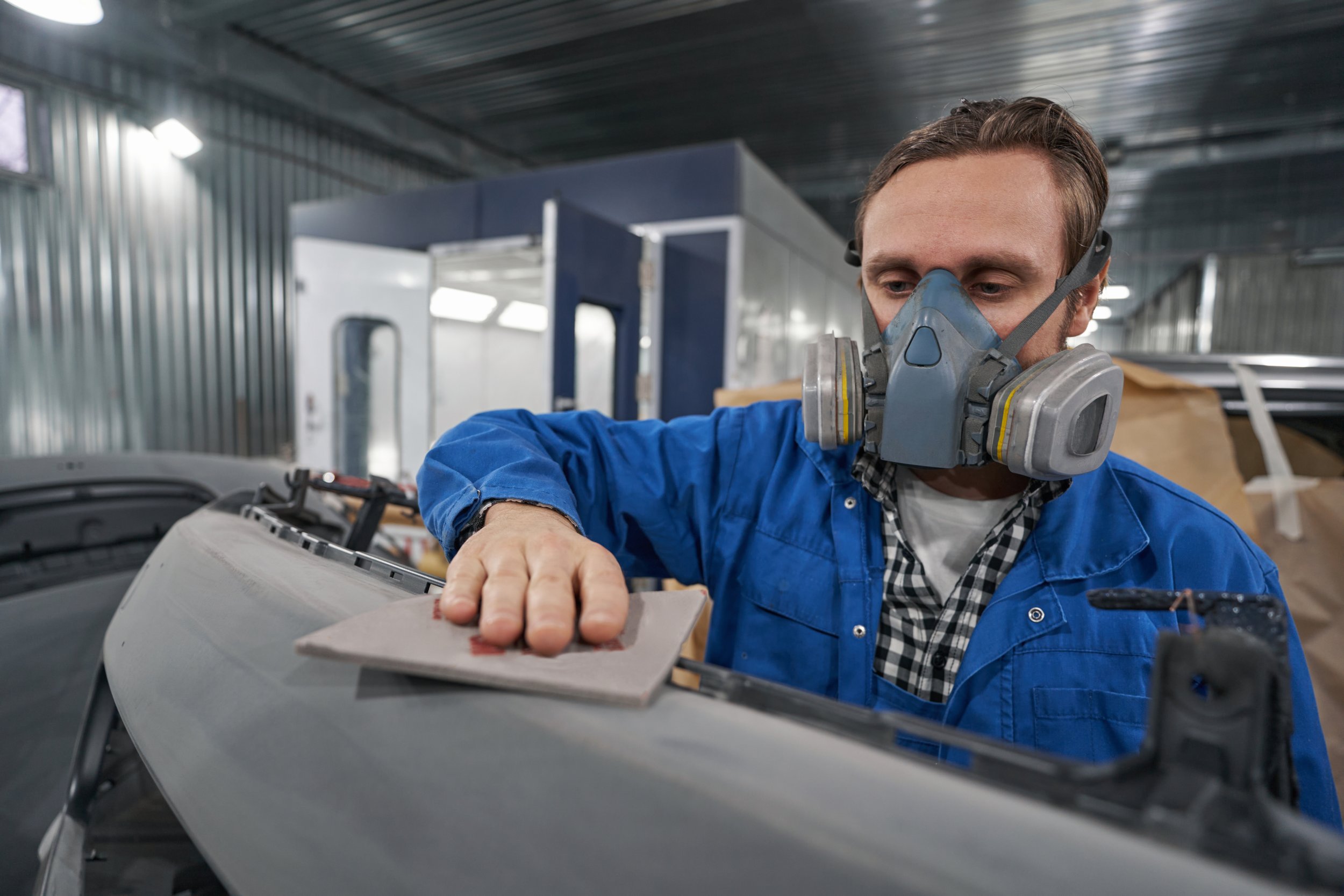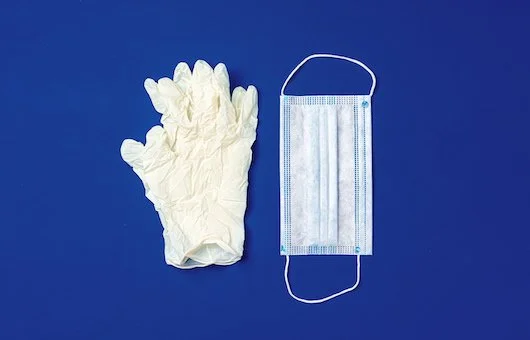Hearing Conservation
Languages: English
Media Editing: This subject does not contain any editable media.
Description: Too often, we don't pay enough attention to noise hazards or their consequences; however, the damages they can cause can't be ignored. In most cases, hearing loss and injuries caused by loud noises are irreversible. These damages can not only have a negative impact on a person's social life and contentment, but they can also cause safety and social issues. This subject covers some basic information about how hearing damage happens and gives the learners some tips for protecting themselves, from simple solutions like building noise barriers and moving loud equipment to more personal solutions like using the right kind of hearing personal protective equipment. If a hearing conservation program is in place or required by OSHA: Content is intended to complement your company's written Hearing Conservation program and supplement or refresh OSHA training requirements. If a hearing conservation program is not required in your workplace: Content is intended to provide awareness training for employees.
Languages: English
Media Editing: This subject does not contain any editable media.
Description: Too often, we don't pay enough attention to noise hazards or their consequences; however, the damages they can cause can't be ignored. In most cases, hearing loss and injuries caused by loud noises are irreversible. These damages can not only have a negative impact on a person's social life and contentment, but they can also cause safety and social issues. This subject covers some basic information about how hearing damage happens and gives the learners some tips for protecting themselves, from simple solutions like building noise barriers and moving loud equipment to more personal solutions like using the right kind of hearing personal protective equipment. If a hearing conservation program is in place or required by OSHA: Content is intended to complement your company's written Hearing Conservation program and supplement or refresh OSHA training requirements. If a hearing conservation program is not required in your workplace: Content is intended to provide awareness training for employees.
Languages: English
Media Editing: This subject does not contain any editable media.
Description: Too often, we don't pay enough attention to noise hazards or their consequences; however, the damages they can cause can't be ignored. In most cases, hearing loss and injuries caused by loud noises are irreversible. These damages can not only have a negative impact on a person's social life and contentment, but they can also cause safety and social issues. This subject covers some basic information about how hearing damage happens and gives the learners some tips for protecting themselves, from simple solutions like building noise barriers and moving loud equipment to more personal solutions like using the right kind of hearing personal protective equipment. If a hearing conservation program is in place or required by OSHA: Content is intended to complement your company's written Hearing Conservation program and supplement or refresh OSHA training requirements. If a hearing conservation program is not required in your workplace: Content is intended to provide awareness training for employees.
Topics
What is Hearing Damage, and How Does it Happen?
-
This topic teaches learners about how noise can damage the inner lining of the ear and provides an answer to the question, How loud is too loud? Learners are also taught how to determine whether or not there is a noise hazard in their environment, and concludes with some common signs that hearing damage has happened.
-
Questions (level 1, 2, 3)
-
This topic is currently available in English.
-
Sound intensity is measured in decibels. When decibels are adjusted for how the ear senses sound, the sound level intensity is measured as dBA.
Research shows that hearing can be damaged by regular 8-hour exposures to 85 dBA. Therefore, safety regulations recommend that workplace noise levels be kept below 85 dBA as an 8-hour time-weighted average.
Exposure to high levels of noise can cause permanent hearing loss because the higher decibel levels damage the lining of the inner ear.
Hearing loss usually occurs gradually, so you may not realize it is happening until it is too late. Neither surgery nor a hearing aid can correct this type of hearing loss.
Hearing loss limits the ability to hear high frequencies, understand speech, and reduces the ability to communicate, which can lead to safety issues and social isolation.
To determine whether or not a noise is too loud, use the two to three-foot rule: Stand about two to three feet away from a co-worker. If you have to raise your voice to be heard, you should assume that the sound level is at or above 85 dBA.
Signs of hearing loss include difficulty hearing people if there is background noise, alarms or ringing phones, and phone conversations.
If people sound as if they are mumbling, or you hear ringing or noises in one or both ears, you may be experiencing hearing loss.
Preview of topic image for “What is Hearing Damage, and How Does it Happen?” as this topic is questions only.
What Can I Do To Protect Myself?
-
When thinking about noise protection, most people think about earplugs. While these are certainly an effective tool, they are not the only solution. This topic teaches learners some other simple options to help keep their hearing safe from noise hazards, including the three-step model: Reduce It, Move It, Block It.
-
Questions (level 1, 2, 3)
-
This topic is currently available in English.
-
To protect employees from noise hazards, employers are responsible for providing hearing protectors, like ear plugs and ear muffs.
Your employer should hold daily or weekly safety meetings to discuss ways to limit high noise levels and other hazards, like discussing when and where noisy work will be happening, what equipment will be used, etc.
Equipment that meets the noise-hazard criteria should be labeled with a hazardous noise sticker, so others know to protect themselves from hearing damage.
The easiest way to help reduce noise levels at your work site is to remember a three-step noise hazard control process: Reduce It, Move It, Block It.
Reduce It: Reduce the noise by using the quietest equipment available. For example, choose a smaller, quieter generator.
Move It: Move the equipment farther away with the use of extension cords, additional welding leads, and air hoses (following current safety standards).
Move It: Move the scheduled work time to times when fewer employees will be in the area, which will limit the number of people being exposed to the noise hazard.
Block It: Block the noise by building temporary barriers of plywood or other on-site materials to keep the noise from reaching 85 dBAs. (Place a five-sided, oversized wooden box over the generator. Add fire-resistant acoustical absorbing material (foam) inside the box. If the generator sits on soil or sand, that will help absorb some of the noise.)
Keep tools and equipment in good working condition. Proper maintenance of equipment and tools can result in lower noise levels. (Changing seals, lubricating parts, using sharp blades and bits, installing mufflers, and replacing faulty or worn equipment or parts can reduce the noise levels significantly on the job site.)
Preview of topic image for “What Can I Do To Protect Myself?” as this topic is questions only.
Personal Protective Equipment (PPE) For Your Ears
-
There are a variety of different types of hearing personal protective equipment that people can use to protect themselves from loud noises; however, they are not all suitable for every noise or for every person. This topic explains the purpose of ear PPE, who is responsible for providing it and describes some of the most common types of ear PPE, as well as their pros and cons.
-
Questions (level 1, 2, 3)
-
This topic is currently available in English.
-
Hearing personal protective equipment (PPE) is designed to protect ears and hearing from hazards like: loud, sharp noises from the environment, tools, and equipment, or even loud music.
Employers are responsible for selecting, fitting, and maintaining hearing protective devices, must provide them at no cost, and train employees to use them properly.
If hearing protection is not provided for high noise work tasks, ask for it. If the employer refuses to provide hearing protectors, request a safety inspection from your governing safety body (OSHA, COHS).
Roll-down foam ear plugs are convenient, disposable plugs that fit most ear canals and provide good protection for most noisy environments.
Roll-down foam ear plugs must be inserted properly to create a good seal. If there isn’t a good seal, they are not as effective.
Reusable ear plugs are washable and come in a variety of sizes; however, because they are preformed, they may not seal the ear canal as well as foam plugs.
Custom-molded ear plugs are molded to the user’s ear, which helps ensure a good seal and comfort. This type of ear plug must be made by a licensed hearing protection provider.
Canal caps include a band that can be worn behind the user’s neck, under their chin, or over their head. This type of ear PPE is not as comfortable, and it doesn’t provide as much ear protection as other devices.
Ear muffs are easy to put on, easy to clean, and create a good seal. However, they can be hot and uncomfortable in certain environments.
In order to effectively protect your ears, ear muffs must seal the area around the ear perfectly. This seal can be compromised by glasses, side burns, long hair, beards, and facial movements, like chewing gum.
Preview of topic image for “Personal Protective Equipment (PPE) For Your Ears” as this topic is questions only.







